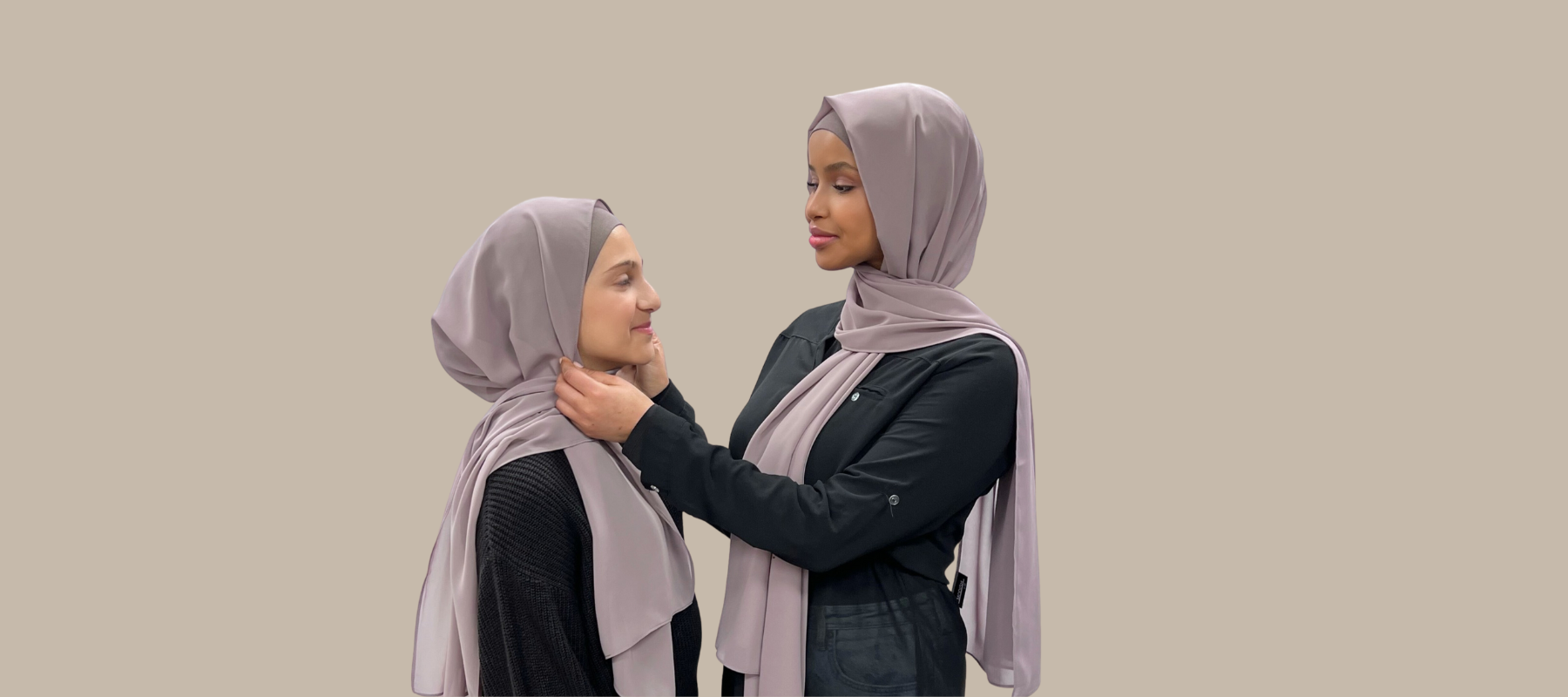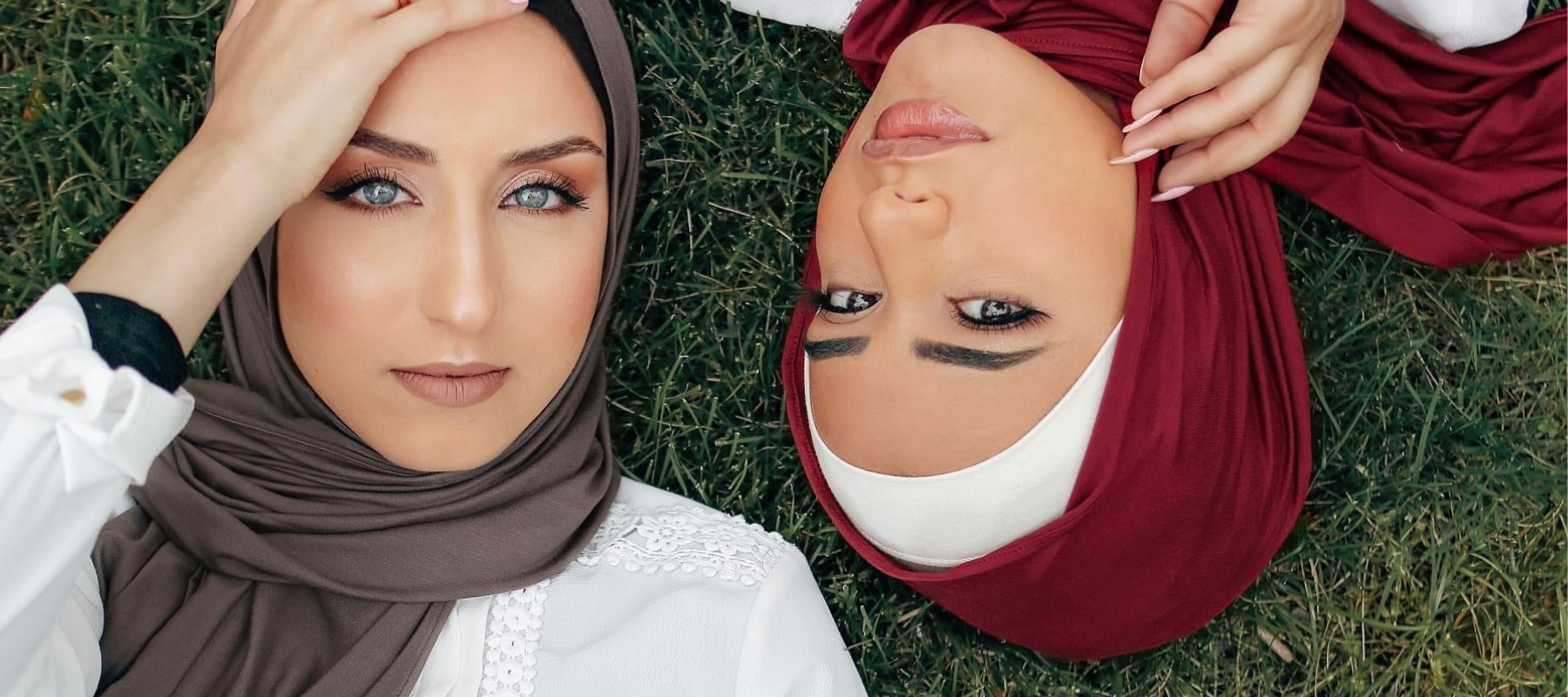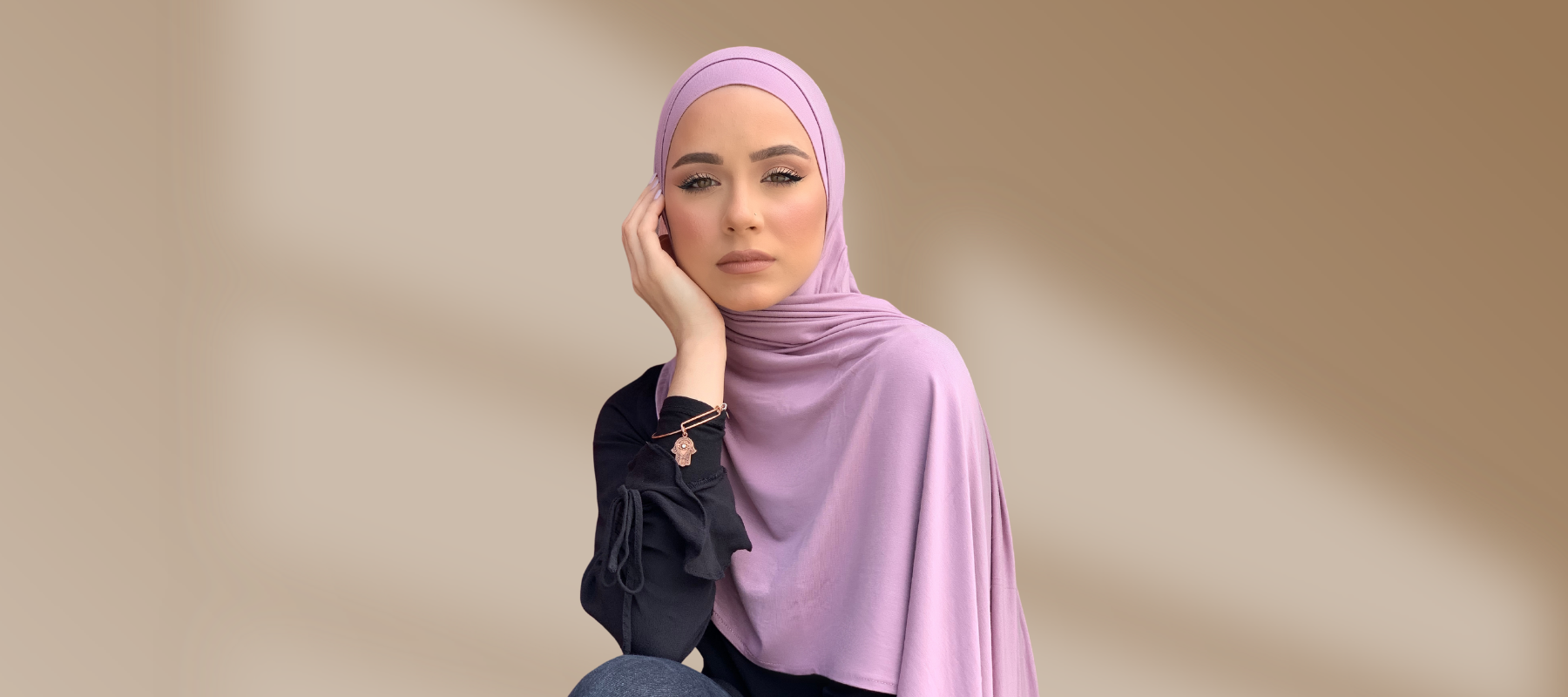
Growing in Modesty: When and Why Young Girls Wear Hijabs
Muslim parents often wonder at what age it is appropriate for their daughters to start wearing hijabs for kids. The decision to wear the headscarf varies depending on individual circumstances. Let us explore the key factors that influence this important decision.
When Do Young Girls Start Wearing Hijabs?
The timing of when young girls begin wearing hijabs lacks a definitive answer, as it is not explicitly specified in the Quran. This decision depends partly on the culture in which they are raised. In many Muslim countries, girls begin covering their hair in grade school and wear loose, modest garments from a young age.
However, in Western societies, Muslim girls usually make the choice more independently in their preteen or early teen years. While parents advise them, the decision is largely based on maturity and environment.
Some girls gradually ease into it by wearing a hijab for prayers or special events. Doing this lays the groundwork for wearing it habitually later on as teens.
Why Do Muslim Girls Wear Hijabs?
1. Physical Changes Prompt Increased Modesty
The onset of puberty brings changes that mark a girl's transition into womanhood. As young Muslim girls experience these physical transformations, they often become more self-conscious and aware of their bodies. The growing awareness of their femininity prompts a desire for increased privacy and modesty in dress and behavior.
Additionally, wearing the hijab can provide a sense of comfort and confidence for these girls as they navigate through the changes brought about by puberty. By concealing their hair, they feel a sense of control over their appearance, allowing them to focus on their inner selves and personal growth.
2. Donning the Hijab Strengthens Religious Faith
For many Muslim girls, the hijab serves as a visual marker of their commitment to their faith and identity as Muslim women. Deciding to wear one empowers young girls to embody their beliefs during their crucial developmental years.
When asked about their religion, these girls proudly gesture towards their hijabs, a tangible representation of their convictions. Choosing to wear it strengthens their spiritual identity.
Wearing the Hijab: A Personal Choice Rooted in Faith
The decision for young Muslim girls to wear the hijab is deeply personal and multifaceted, influenced by a combination of cultural, religious, and individual factors. Ultimately, choosing to wear this headscarf is an act of personal devotion rather than a rigid obligation. Muslim girls should not feel pressured to don the hijab until they fully understand its significance and are ready to embrace it with conviction.


